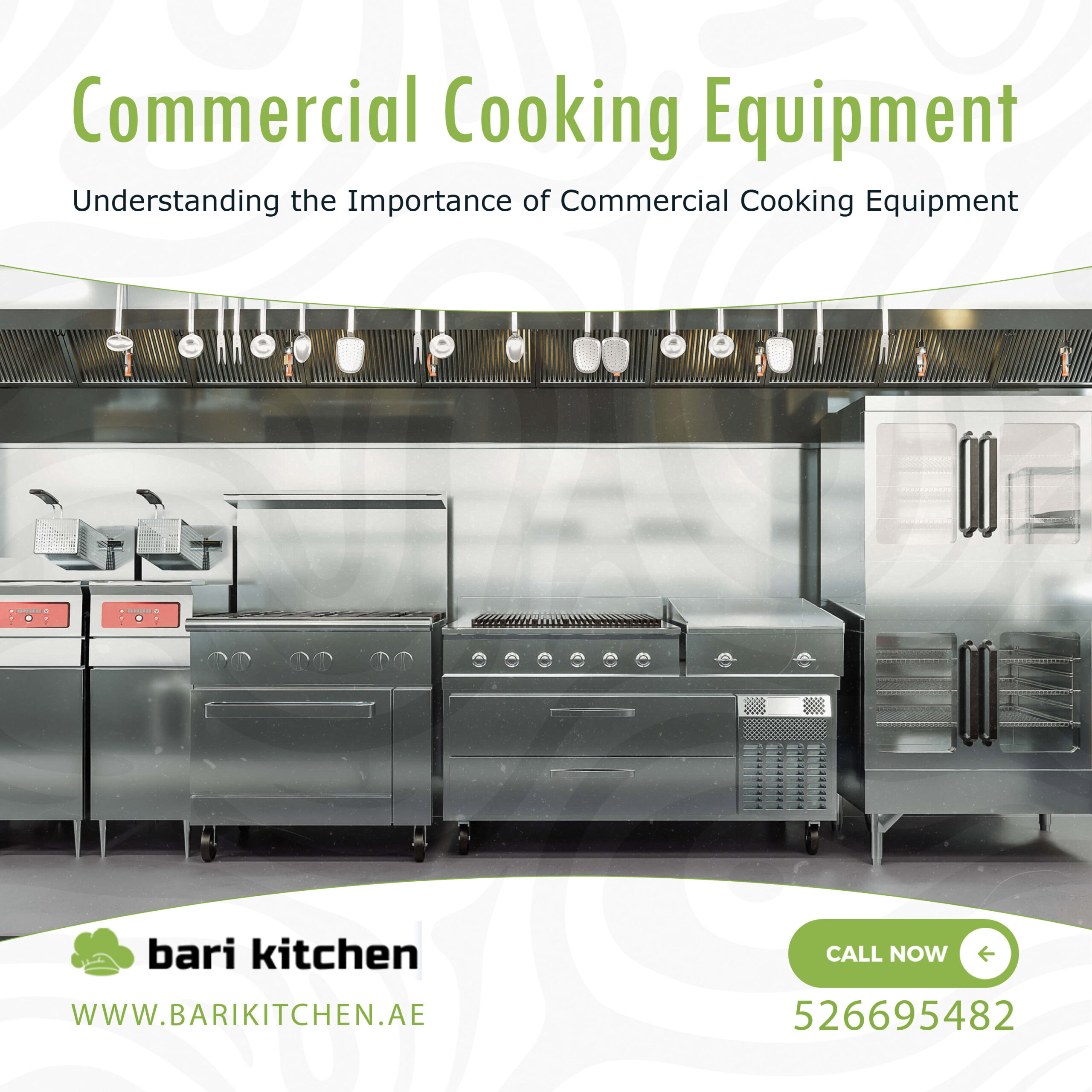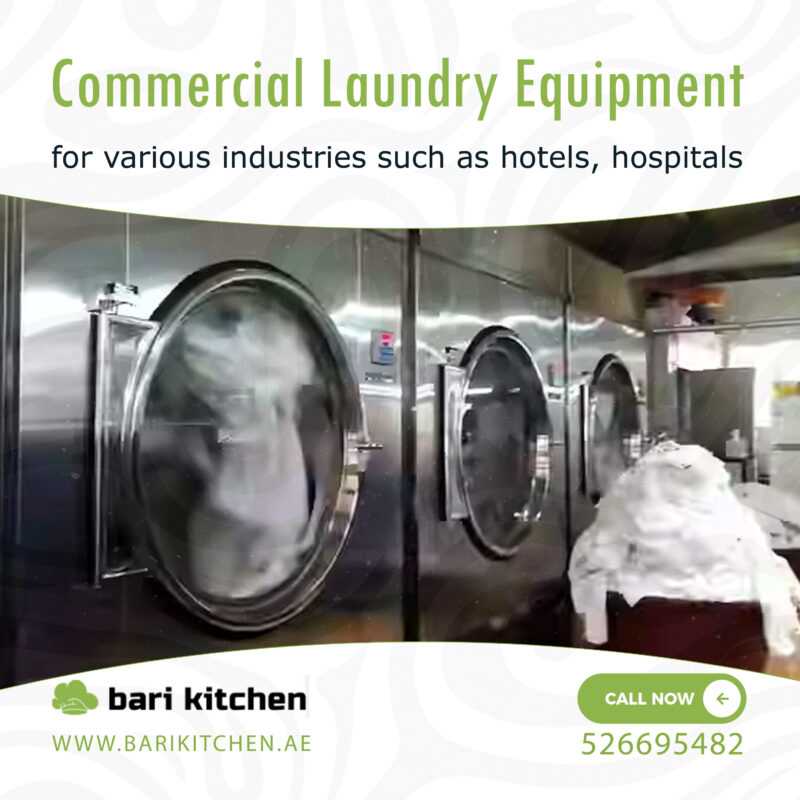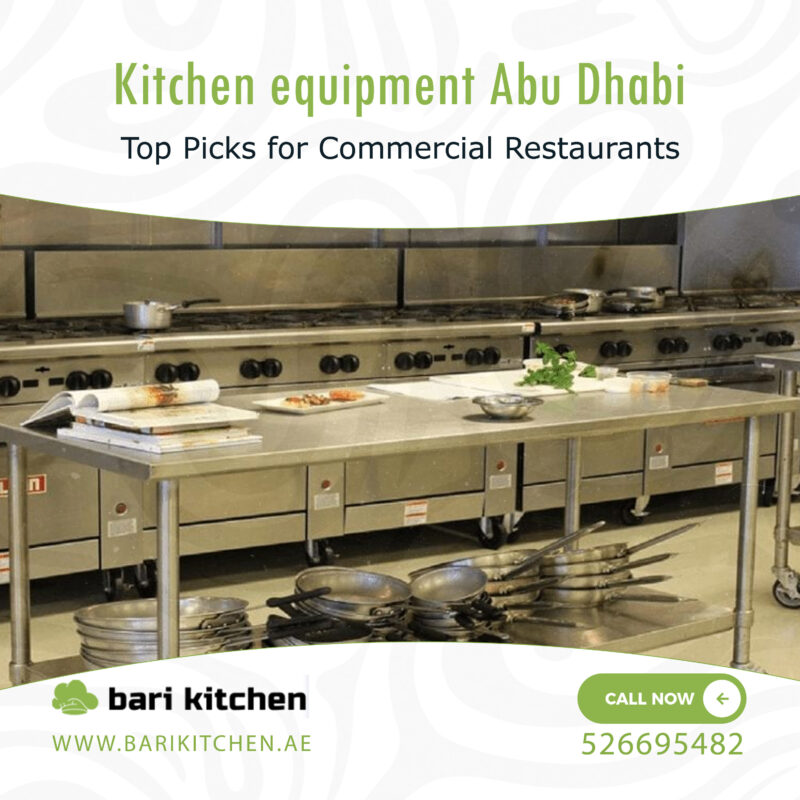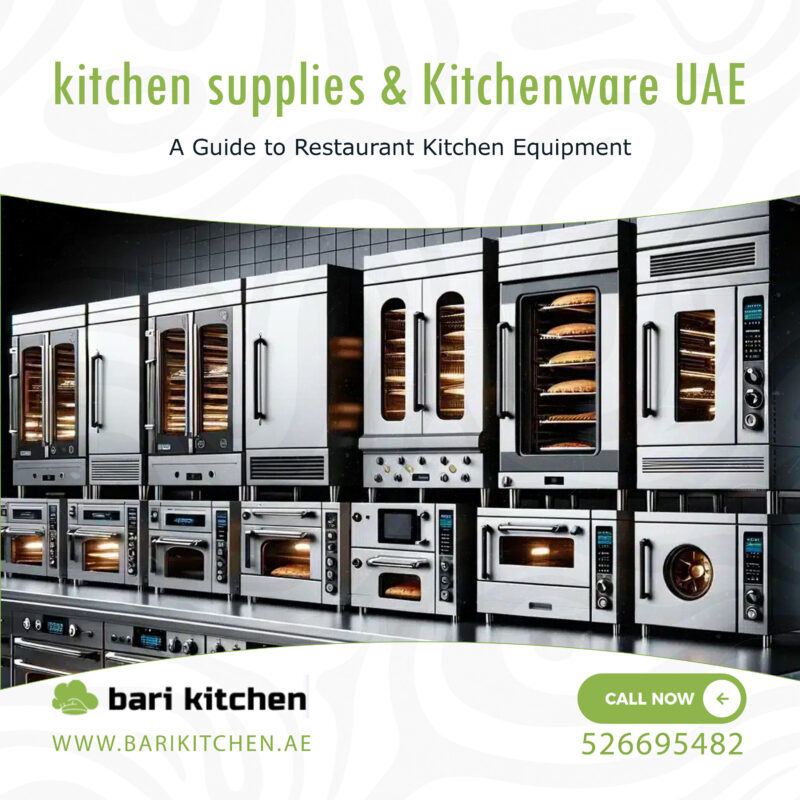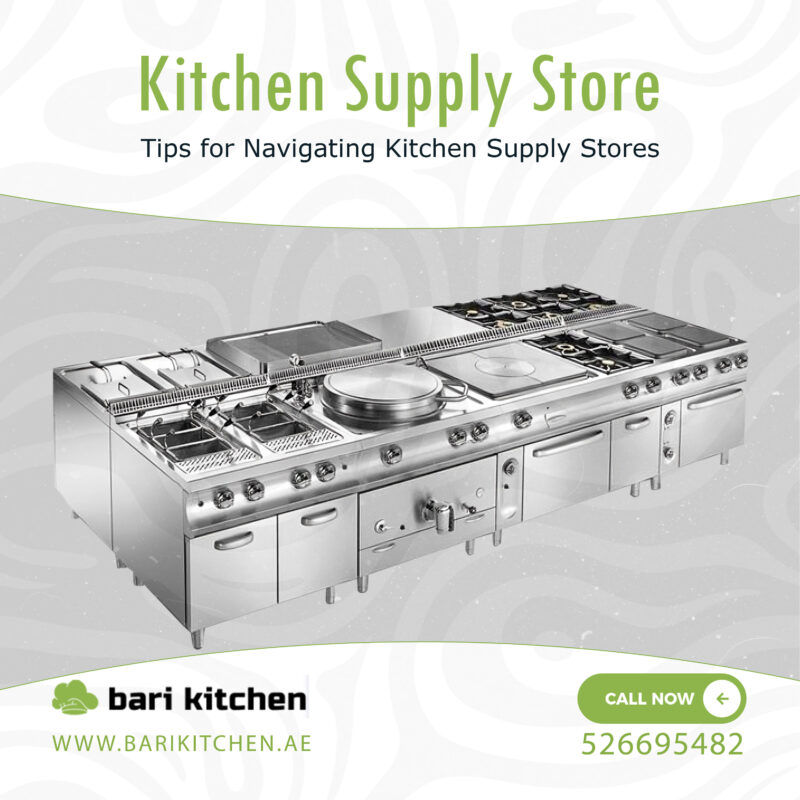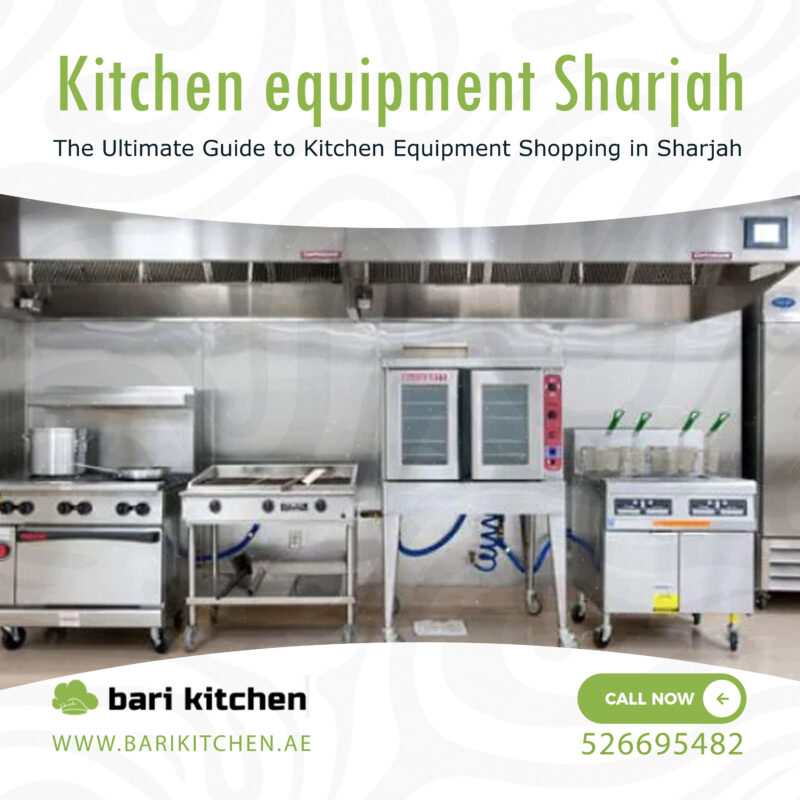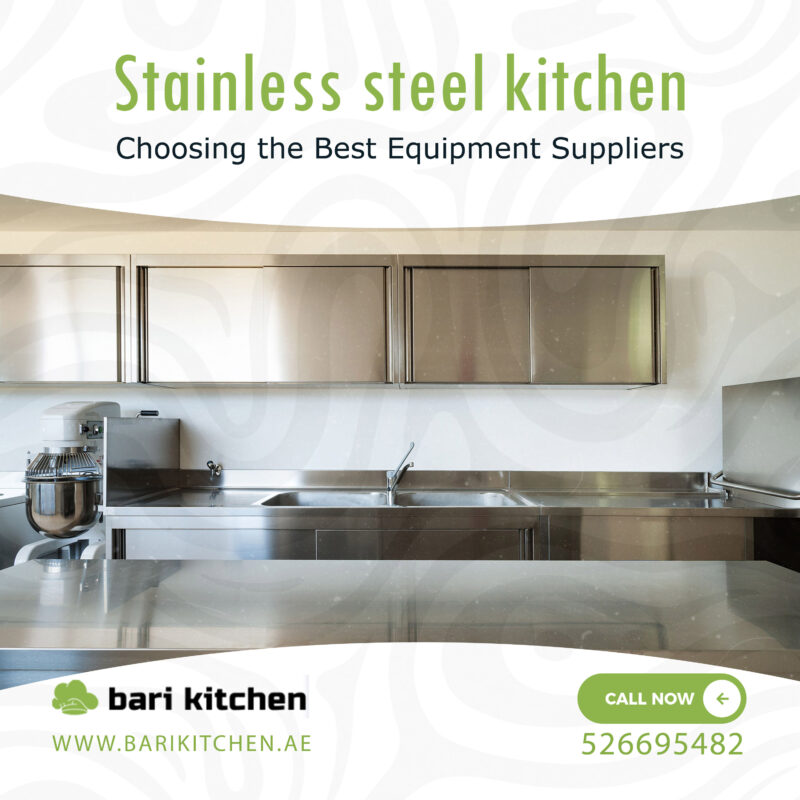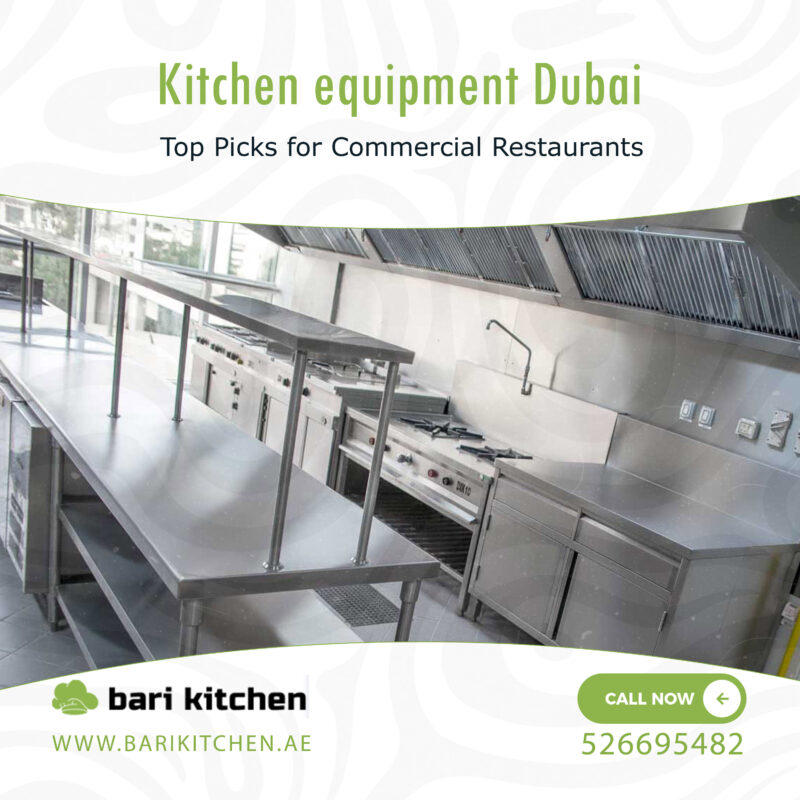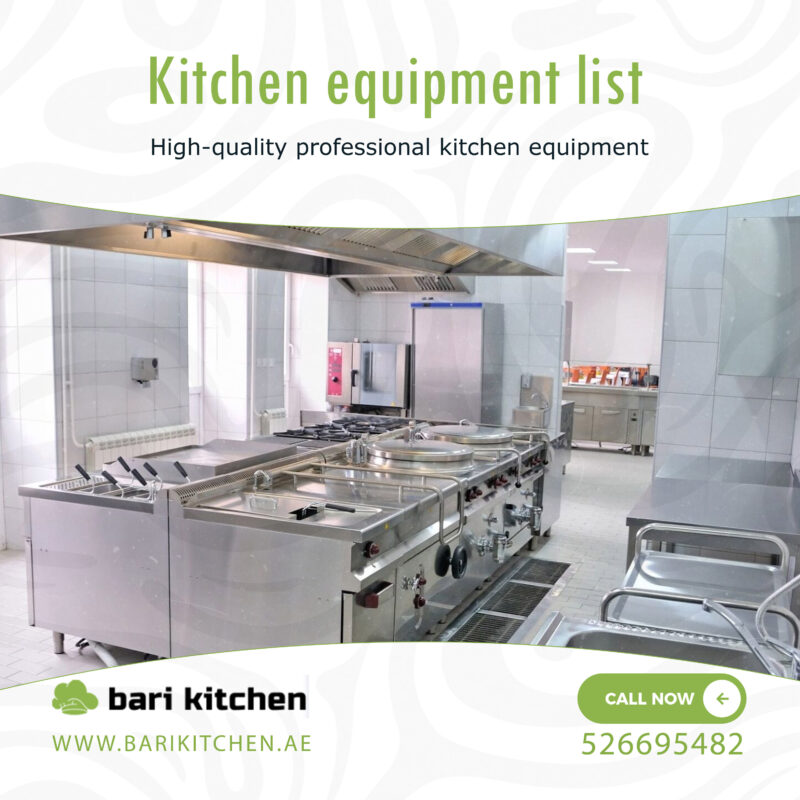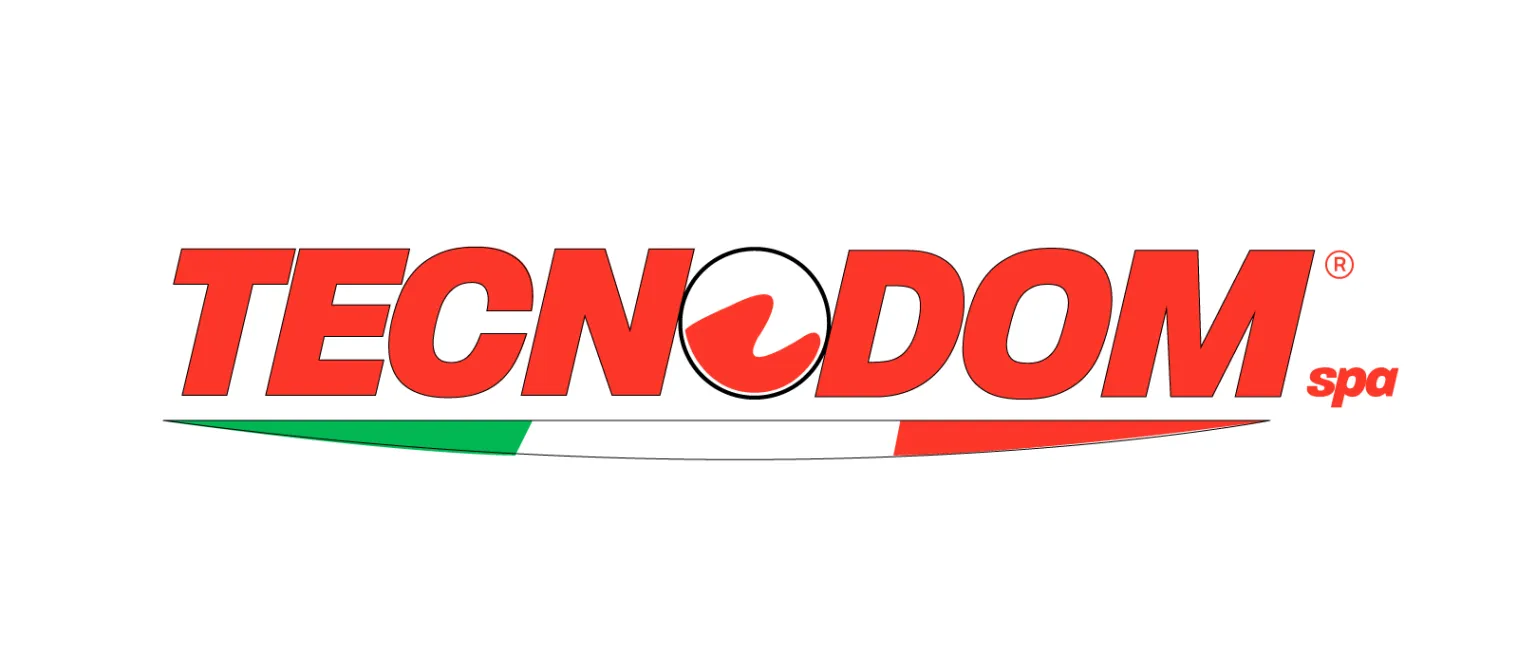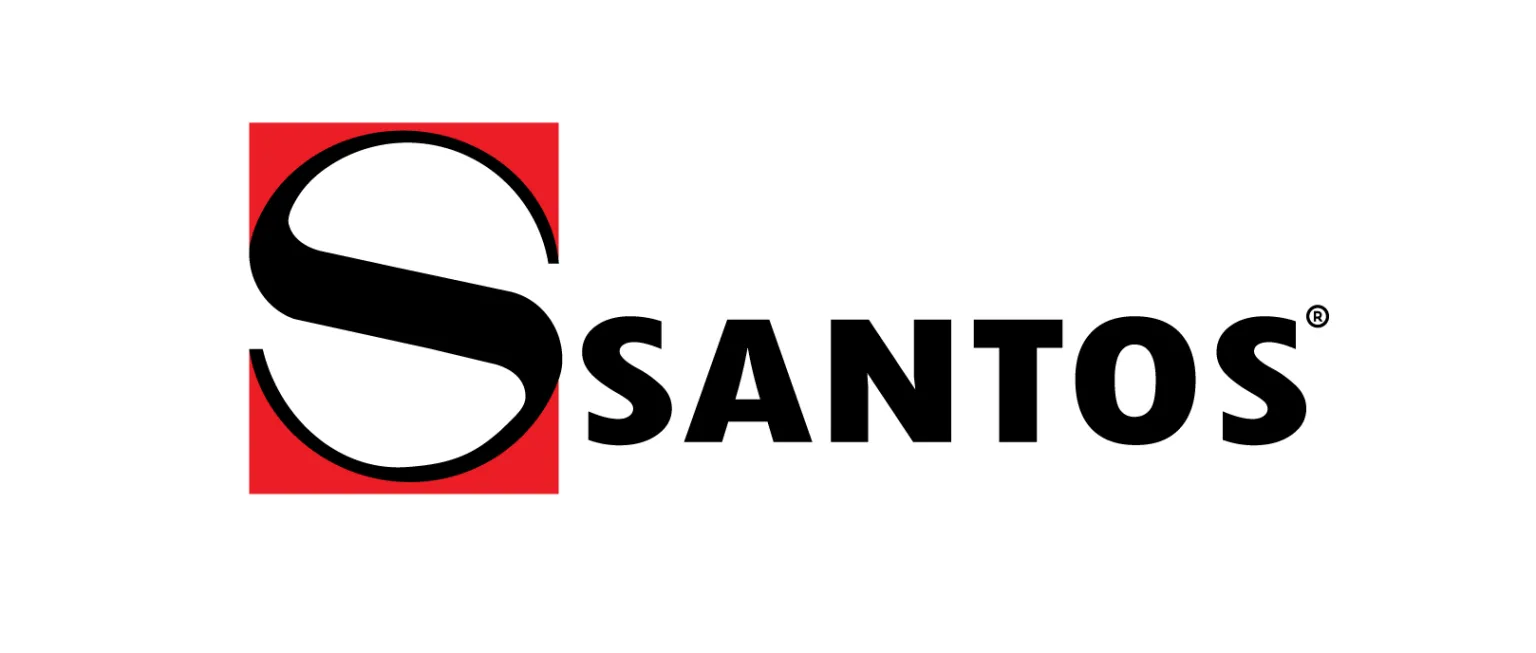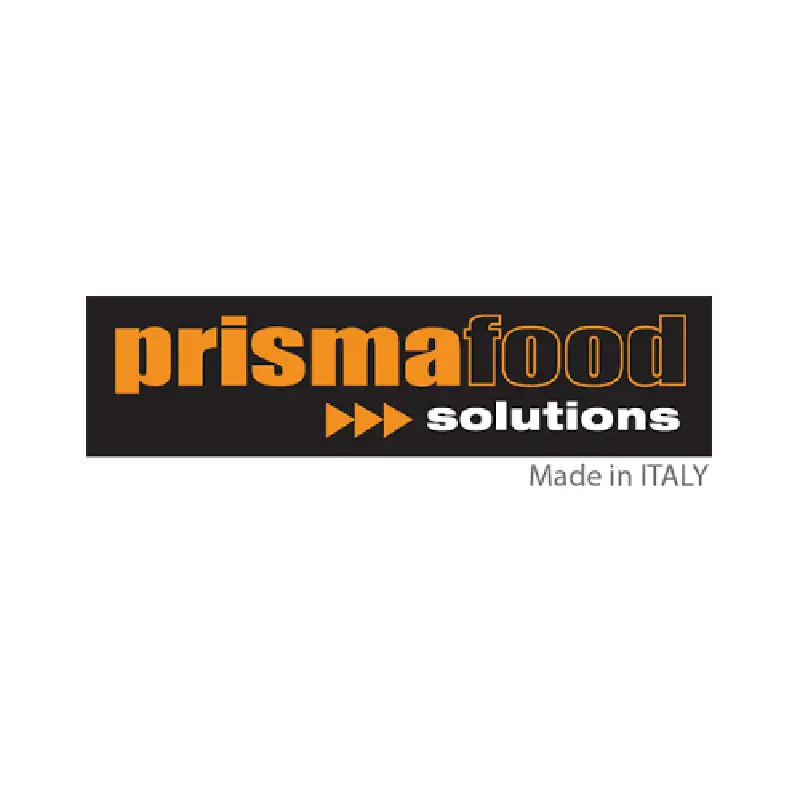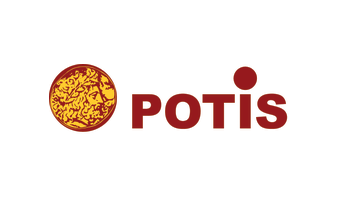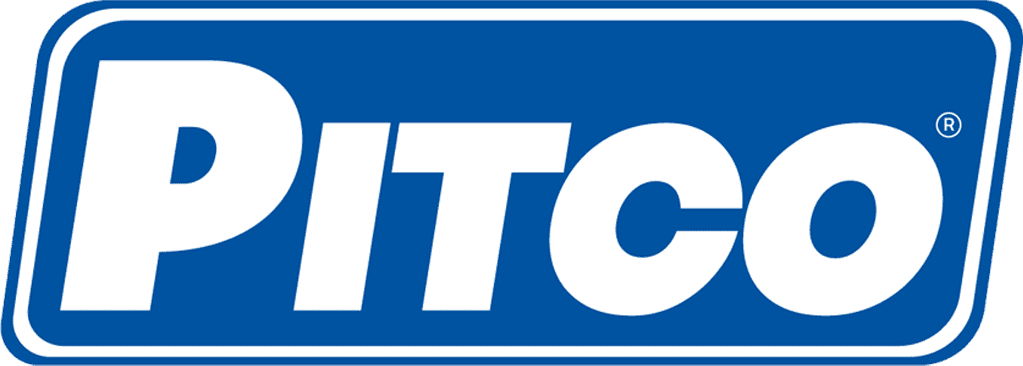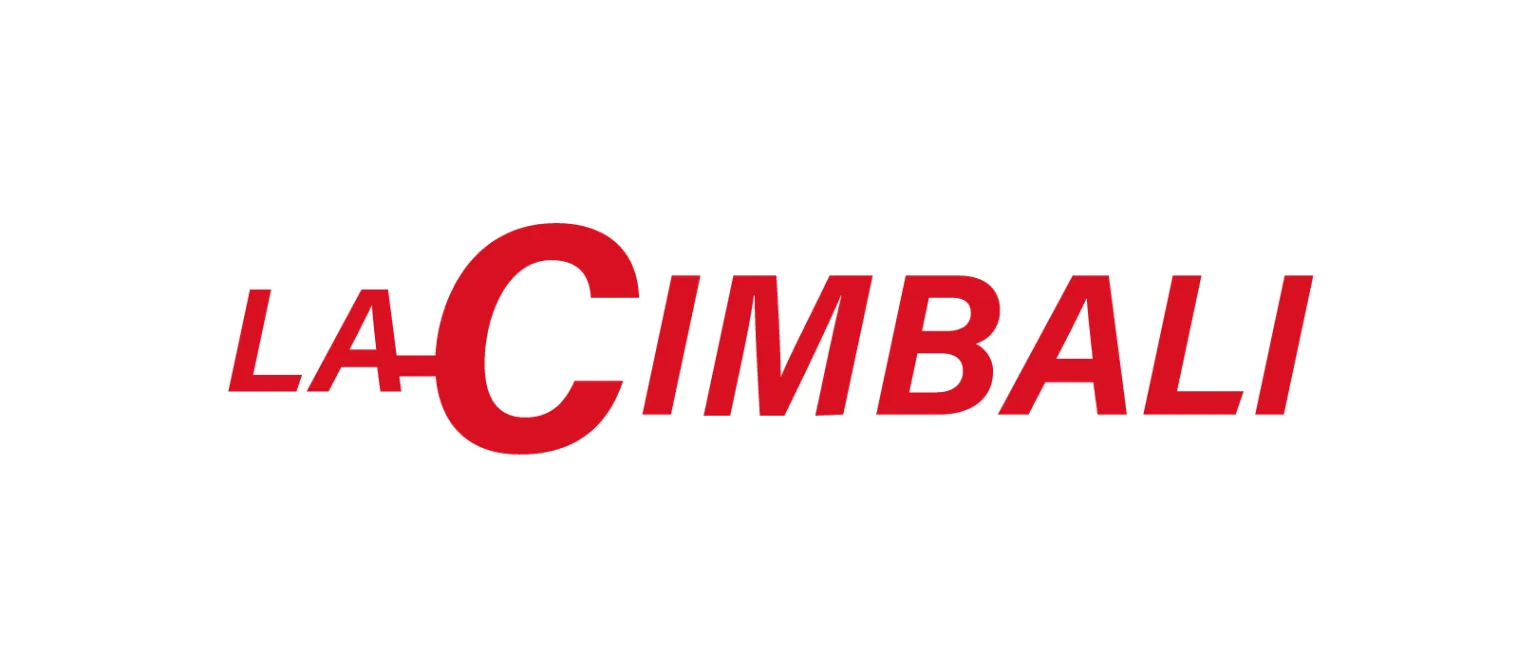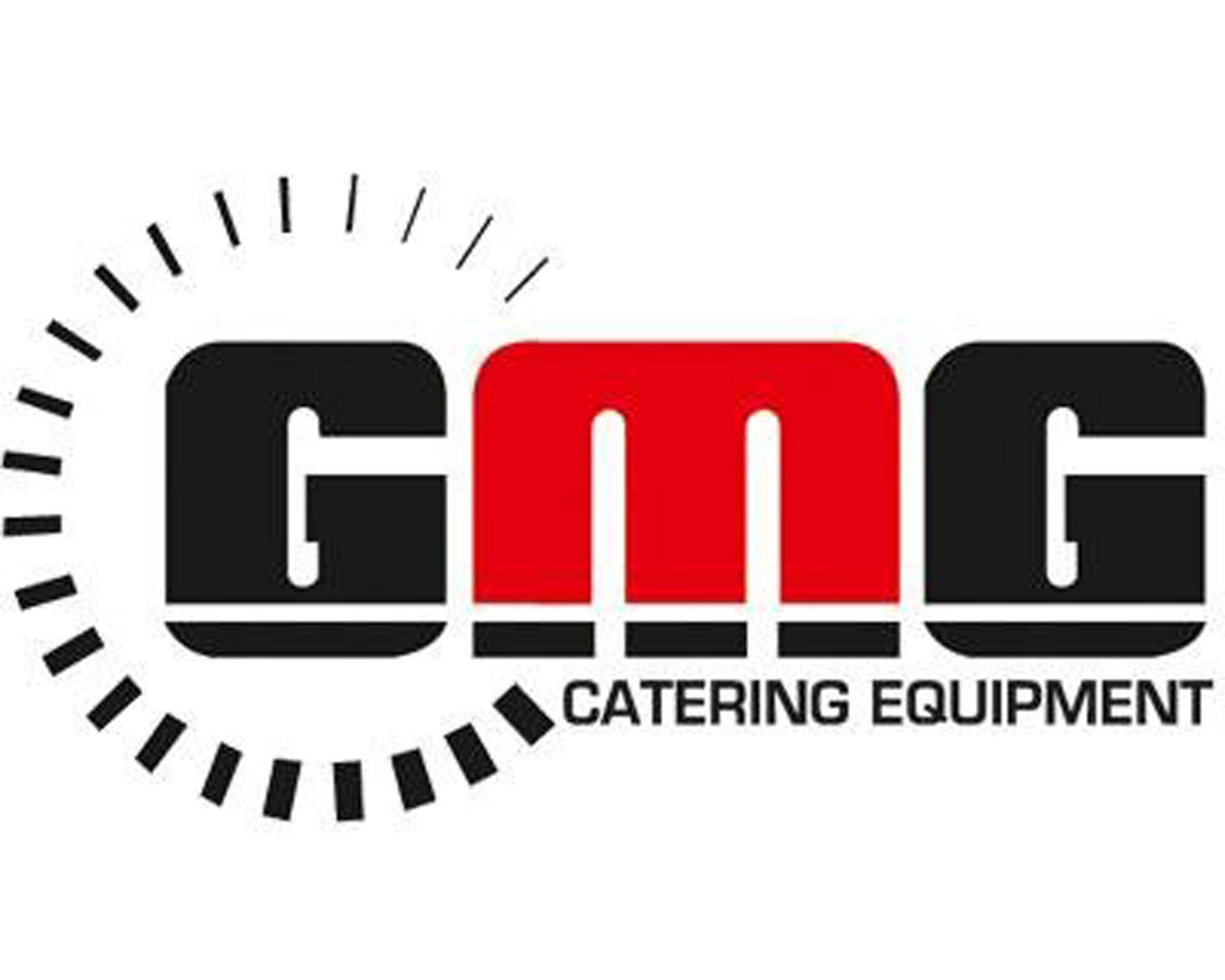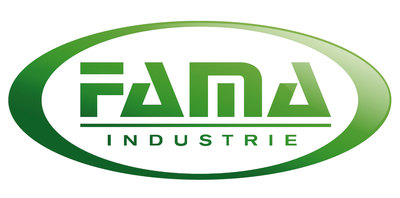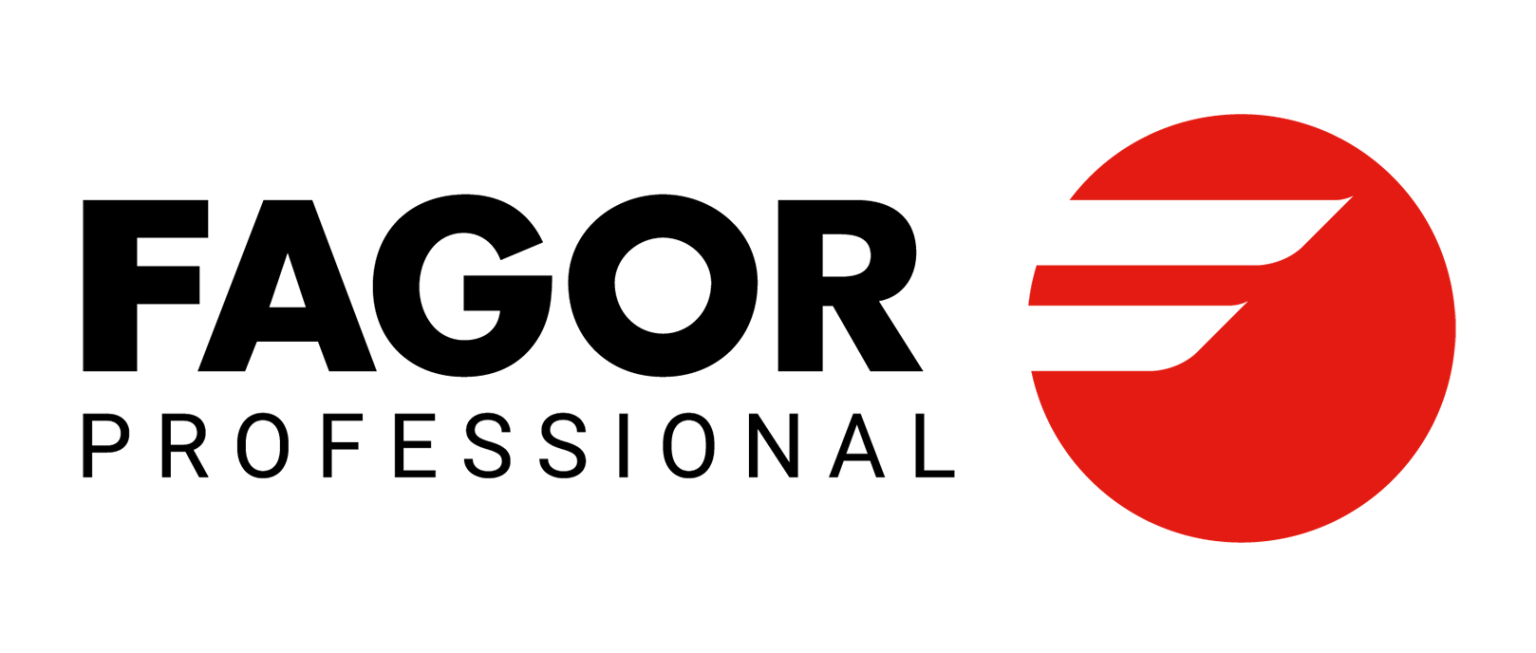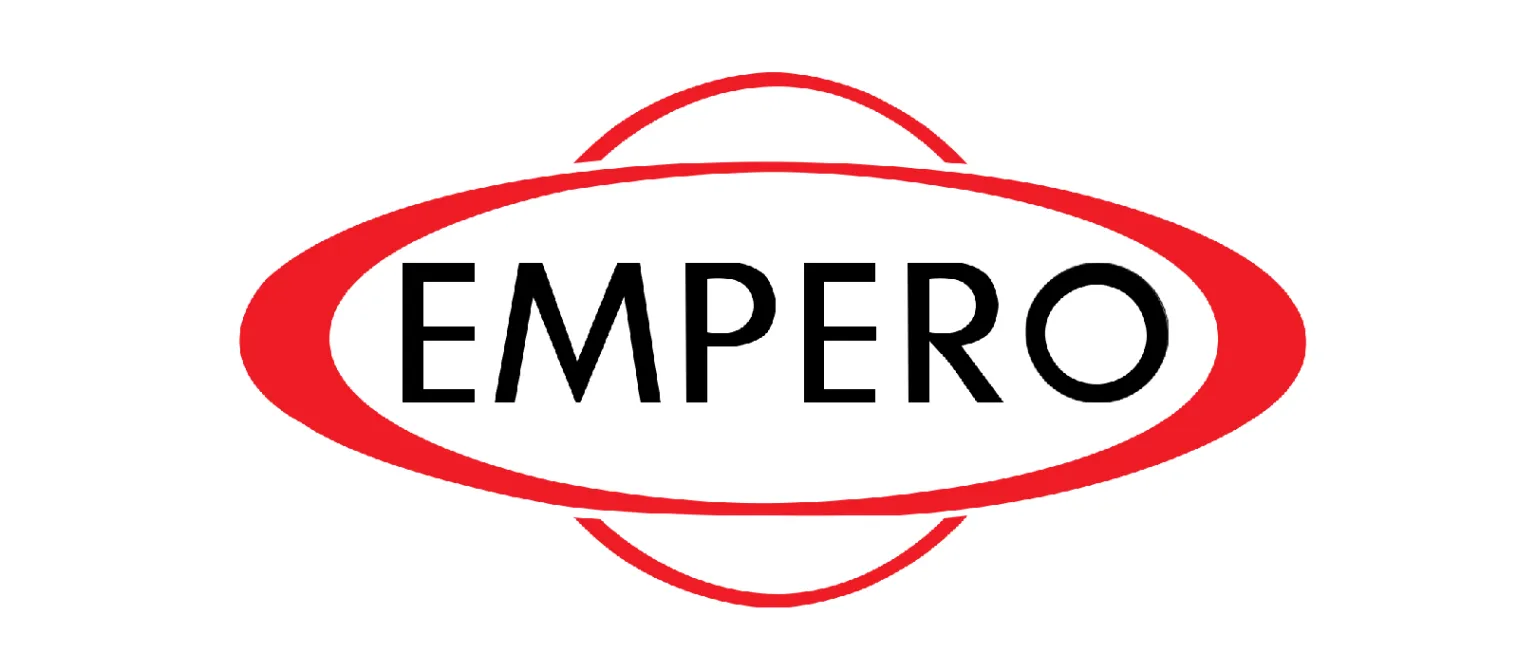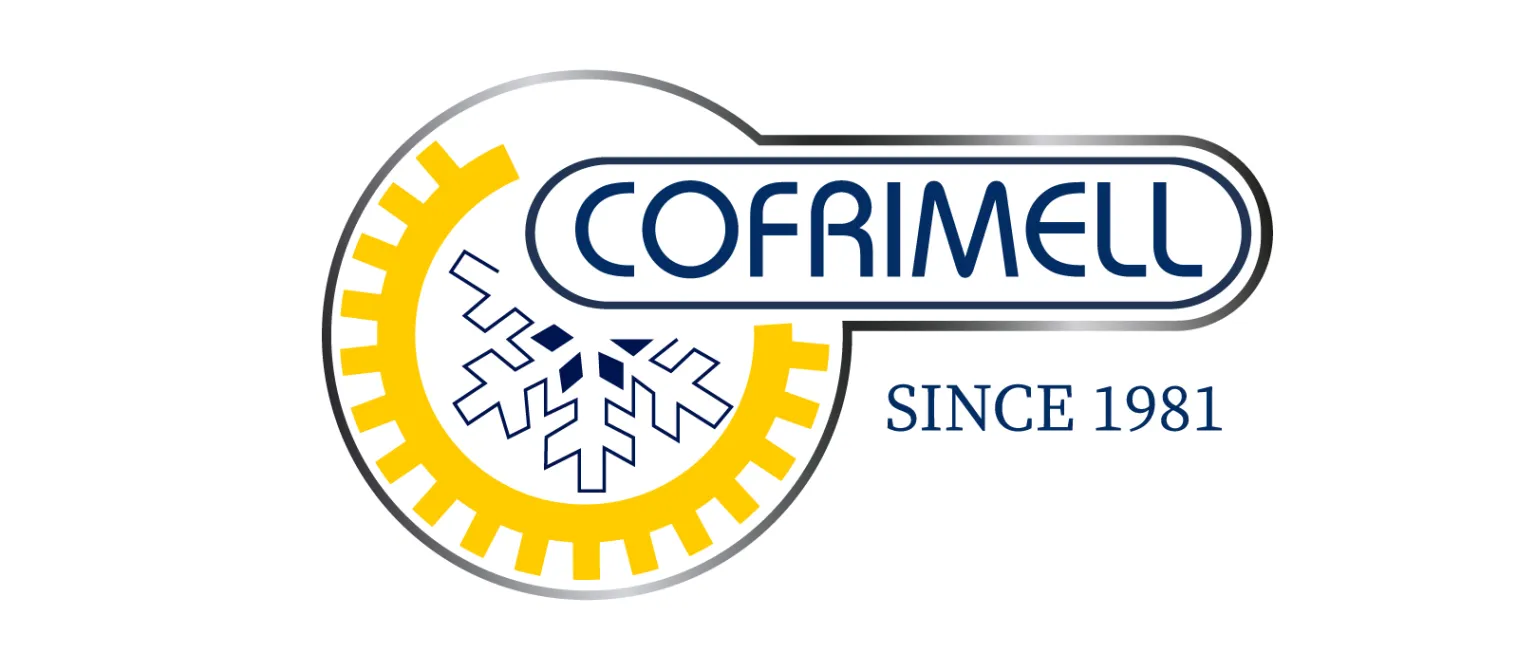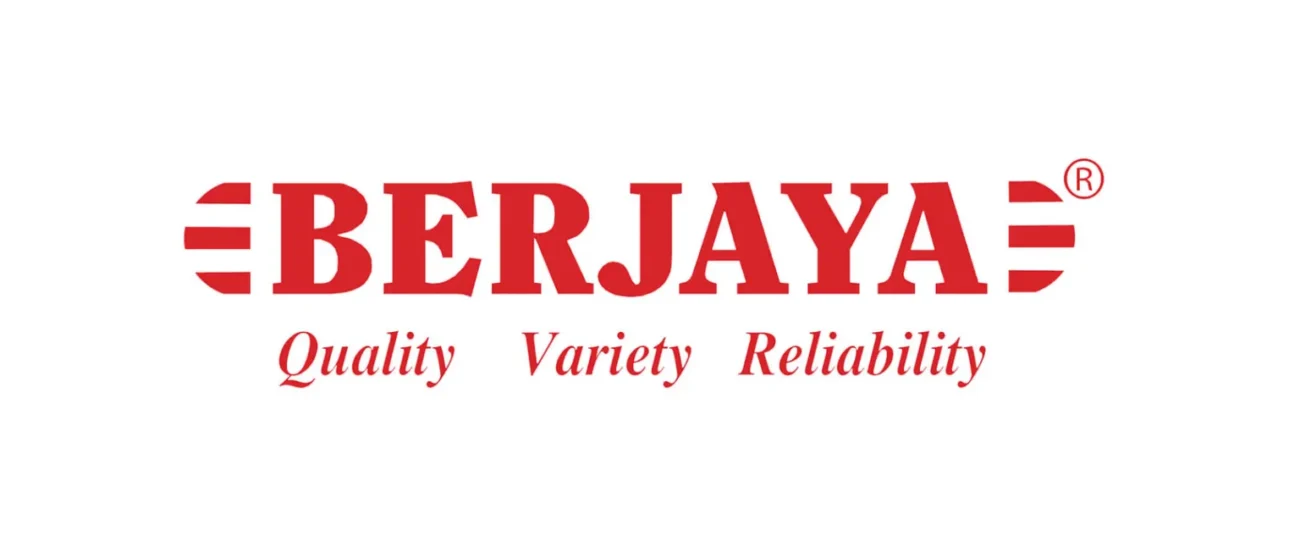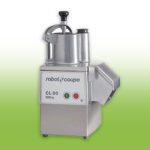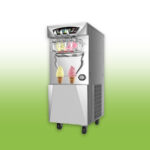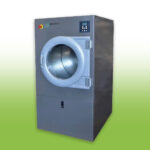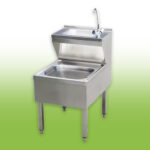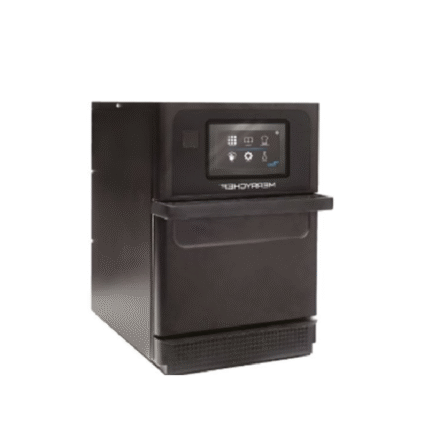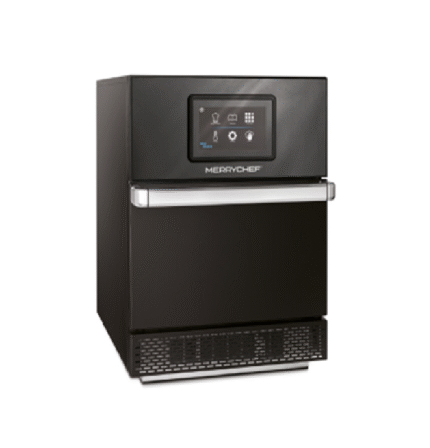Commercial cooking equipment
Understanding the Importance of Commercial Cooking Equipment
The selection of appropriate commercial cooking equipment is paramount for achieving an efficient, productive,
and safe kitchen environment. In a professional kitchen, the right tools directly influence workflow and operational effectiveness.
From electric pizza ovens to commercial fridge freezers, each piece of kitchen equipment serves a unique purpose,
designed to enhance both speed and efficiency during meal preparation.
As such investing in quality kitchen supplies becomes essential for any restaurant or culinary establishment striving for excellence.
Moreover the various types of kitchen cooking equipment play a crucial role in supporting food safety and hygiene standards.
Selecting the Right Commercial Cooking Equipment for a Sustainable Kitchen Environment
Equipment like food warmers portable and water dispensers with ice makers are specifically designed to maintain ideal temperatures for food items,
thereby minimizing the risk of contamination and spoilage.
The strategic selection of equipment not only addresses immediate demands but also aligns with long-term operational goals,
Commercial kitchen equipment

which include sustainability practices that benefit both the environment and the bottom line.
The relationship between equipment choice and kitchen sustainability cannot be overstated.
Utilizing energy-efficient appliances, such as newer models of gas ranges or electric cooking hot plates,
can lead to significant reductions in energy consumption over time.
Additionally investing in durable and reliable second hand industrial kitchen equipment can offer substantial cost savings while also promoting an eco-friendly approach to kitchen outfitting.
Further stainless tables for kitchens and stainless steel prep tables contribute to a cleaner, safer workspace that is easier to maintain and helps prolong the lifespan of the kitchen setup.
In conclusion the critical role of commercial cooking equipment in enhancing kitchen efficiency, productivity, and food safety cannot be overlooked.
By selecting the right kitchen equipment supply and exploring options available in the kitchen supply store or kitchen supply shop,
establishments can not only meet their immediate demands but also contribute to a sustainable kitchen environment that prepares them for future success.
Evaluating Equipment Based on Kitchen Sustainability Goals
In constructing a sustainable kitchen environment, it is crucial to evaluate commercial cooking equipment through a sustainability lens.
One of the primary factors to consider is energy efficiency.
Efficient kitchen equipment not only reduces operational costs but also minimizes the carbon footprint.
When researching kitchen equipment look for certifications such as ENERGY STAR,
which signifies that the appliance meets strict energy efficiency guidelines.
These models often utilize advanced technology for better power management, resulting in substantial energy savings over time.
Water efficiency is another significant aspect to consider.
Certain kitchen supplies such as dishwashers and food service equipment, can use considerable amounts of water.
Opt for equipment with features that reduce water consumption without compromising performance.
kitchen equipment suppliers
Reviewing specifications and asking kitchen supply store representatives about water-saving designs can yield equipment that aligns with sustainable practices.
Consider investing in a water dispenser with ice maker functionality that conserves water while meeting the needs for ice production in busy environments.
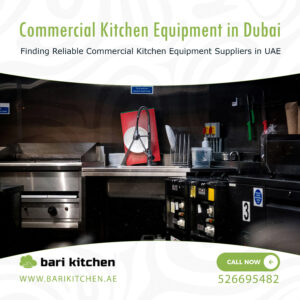
The materials used in commercial kitchen equipment also play a vital role in sustainability.
Equipment constructed from recycled or sustainably sourced materials offers an eco-friendly alternative.
Stainless steel commonly used for prep tables and commercial fridge freezers, is durable and can often be recycled at the end of its lifecycle, making it a preferable choice.
Additionally selecting second-hand industrial kitchen equipment allows for resource conservation by extending the lifespan of existing materials.
Finally consider the life cycle and environmental impact of the cooking equipment in the kitchen.
Prioritizing equipment that can be easily repaired and maintained increases longevity, reducing waste.
In summary evaluating commercial cooking equipment based on these sustainability goals will help create a more eco-friendly kitchen environment while also adhering to your establishment’s operational needs.
By making informed decisions, your restaurant kitchen equipment choices will not only serve immediate purposes but also contribute positively to environmental stewardship.
Maximizing Productivity Through Equipment Selection
In a commercial kitchen environment the selection of appropriate kitchen equipment is crucial for enhancing productivity and operational efficiency.
When considering commercial cooking equipment it is essential to prioritize appliances that offer multitasking capabilities.
Equipment such as electric pizza ovens can serve multiple functions, significantly optimizing the available space and promoting a more streamlined workflow.
A multifunctional piece of kitchen cooking equipment reduces the need for different machines, which can congest the workspace and create obstacles during busy service hours.
Ease of use is another vital factor when selecting kitchen supplies for a commercial kitchen.
Appliances that are user-friendly and require minimal training allow staff members to quickly adapt and utilize the equipment effectively.
For instance food warmers portable options can be a boon for maintaining optimal food temperatures without complicating the cooking process.
This in turn leads to reduced downtime and ensures that meals are served promptly, which is critical in fast-paced environments such as restaurants or catering services.
Additionally the maintenance requirements of the commercial kitchen equipment play a significant role in productivity.
Kitchen Equipment manufacturer
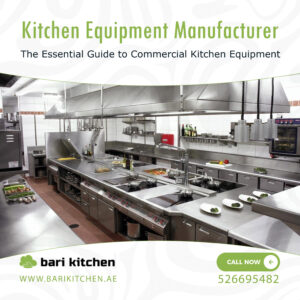
Choosing equipment with straightforward maintenance needs, such as a stainless table for kitchen that can be easily cleaned and sanitized, contributes to minimal disruption in daily operations.
When kitchen staff do not have to spend excessive time on upkeep, they can focus instead on delivering quality service.
Therefore sourcing from a reputable kitchen supply shop that offers durable and reliable kitchen equipment near me,
can aid in making informed decisions that ensure long-term success and efficiency in your commercial kitchen.
Ultimately selecting the right kitchen equipment is a strategic decision that holds the potential to significantly enhance workflow,
reduce downtime and boost overall service delivery in a commercial setting.
Ensuring Food Safety with Proper Equipment Choices
Maintaining food safety in a commercial kitchen is paramount to ensure the health and well-being of consumers.
Choosing the right commercial cooking equipment significantly contributes to achieving high hygiene standards and effective food safety practices.
Key factors that must be considered when selecting equipment include temperature control, material safety and ease of sanitation.
Temperature control is crucial in preventing foodborne illnesses.
Equipments such as commercial fridges and freezers must provide reliable and consistent temperatures to store perishable items safely.
Additionally cooking equipment in kitchen, like electric pizza ovens and cooking hot plates,
should offer precise temperature settings to ensure thorough cooking, which is vital for killing harmful bacteria.
Regular checks on temperature performance aid in adhering to health regulations.
The materials used in kitchen equipment directly affect food safety.
Stainless steel surfaces such as a stainless prep table, are preferred due to their non-porous nature,
which facilitates better sanitation and reduces the risk of contamination from food residues.
Furthermore equipment that is easy to disassemble allows for thorough cleaning, which is imperative in a fast-paced restaurant kitchen environment.
kitchen equipment and tools
Regular maintenance of commercial kitchen equipment is another significant aspect of food safety.
Equipment should be routinely inspected for wear and tear, ensuring that it operates efficiently and continues to meet safety standards.
Training staff on the proper use and maintenance of cooking equipment in the kitchen is also essential.
Well-trained personnel can promptly detect malfunctioning units, preventing potential food safety violations.
In conclusion paying attention to these elements when selecting kitchen supplies can create a sustainable environment that prioritizes food safety,
ensuring compliance with regulations while promoting the health of customers.
